A lot of homeowners only schedule air conditioning repair when their system breaks down. However, the truth is your air conditioner will often give warning signs before a total breakdown that results in new AC installation. Recognizing the symptoms and calling the experts at Pepper AC & Heat to handle issues early can spare you the hassle and expense of a full AC system breakdown. More importantly, it can prevent the discomfort of having your AC break down when it’s scorching hot outside.
When you call us, our team of skilled HVAC technicians will diagnose the issue, resolve the issue and get your system running again. We have years of experience and provide top-tier, cost-effective AC service for local homeowners.
Why put off calling the pros until your cooling system breaks down? Skip all that hassle by calling today to schedule AC repair in Justin, TX, from Pepper AC & Heat.
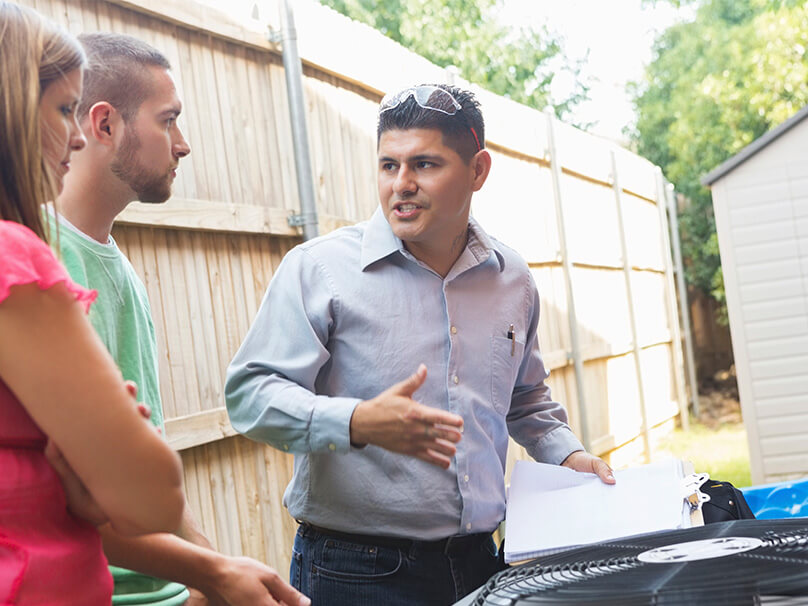
How to Know if You Need AC Repair
What are the signs your air conditioner requires service? From strange odors to warm air coming from the vents, there are many indicators that your cooling system has an issue and needs attention or service.
Here are some warning signs that trouble may be around the corner and it’s time to call an HVAC technician from Pepper AC & Heat:
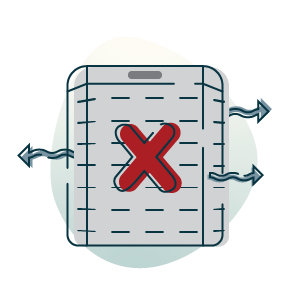
AC is blowing hot air
If heated air is blowing out of your AC unit instead of cool air, or if the air isn’t as cold as you’d like, it’s a wise decision to call us for professional cooling service.
Air conditioner keeps turning on and off
If your AC system turns on and off instead of maintaining steady operation, it could be a sign of several problems and should be inspected by one of our certified HVAC technicians.
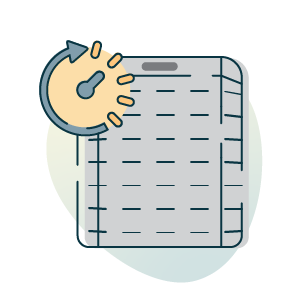
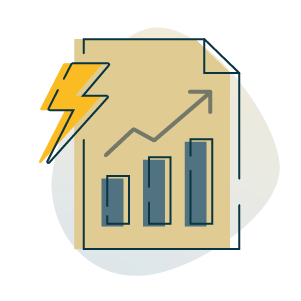
Home energy bills spike for what seems like no reason
A sudden spike in your energy expenses can be a sign your AC unit is losing efficiency, which means it uses more energy to maintain a comfortable indoor temperature and needs AC maintenance or repair.
Unusual smells are coming from your air conditioning
Air conditioners aren’t supposed to smell. Unusual odors coming from your air conditioning system should be evaluated by a professional, as they can be a symptom of trouble like mold, mildew or even electrical issues.
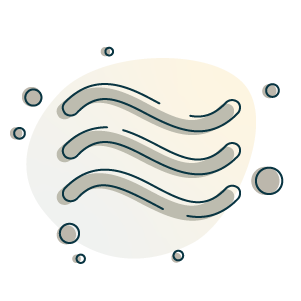
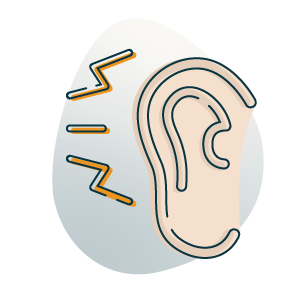
AC starts making noises
If you hear strange sounds when your AC system is running — thumping, scraping or high-pitched whining, to name just a few — it’s important to call for professional HVAC service to find out what’s wrong.
Request Professional Air Conditioner Repair Right Away
When you have to have air conditioning service quickly, get in touch with the HVAC repair experts at Pepper AC & Heat. We’ll promptly detect the problem when your system won’t work or deliver adequate chilled air.


